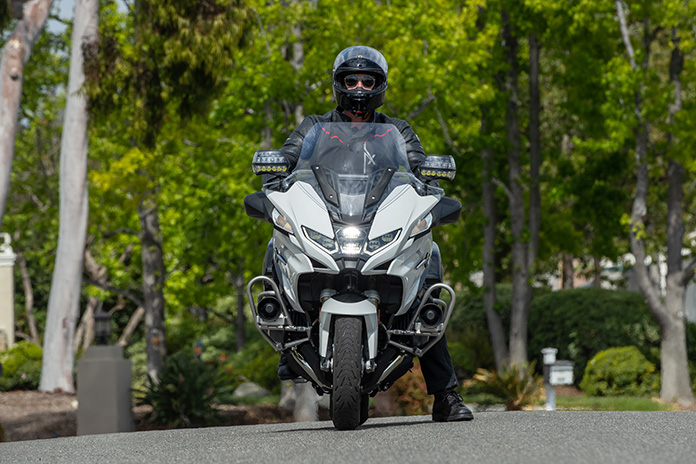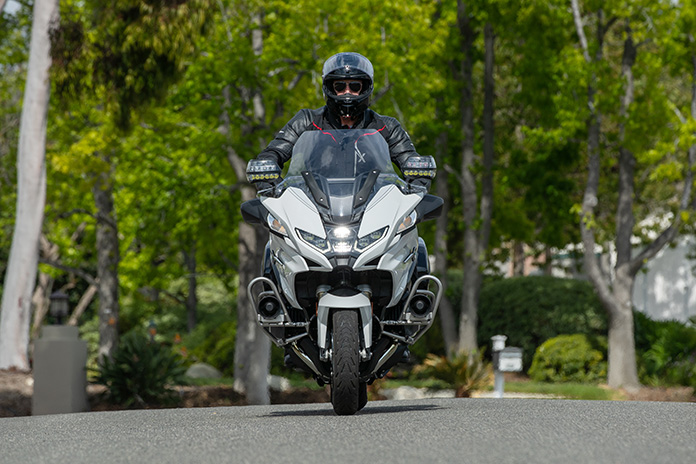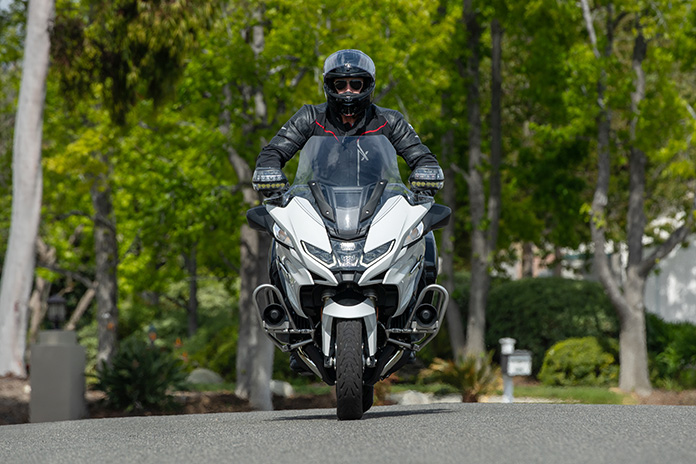
We’ve known each other for a little while now, so let me just come out and say it: Deep down, you’re a sensitive person. It’s no secret you get misty-eyed every time you watch Titanic. We all know it, and nobody thinks any less of you. It’s one of the things we really like about you.
When it comes to riding your motorcycle, however, where’s that same tenderness? Remember that early ’80s ballad by the Pointer Sisters about having a slow hand and an easy touch? I’m not saying you’re unsafe or dangerous; it’s just that when I watch you ride – mashing the controls and strangling the life out of the handlebar – it reminds me of a grizzled old garbage man beating helpless metal cans into submission as if he’s trying to settle all of life’s injustices. All that blind fury isn’t necessary, and it makes for a lousy ride up the coast.
Similar to your ability to get in touch with your emotions while watching a tearjerker movie, your riding would greatly benefit from cultivating a little more sensitivity to what your bike is doing beneath you. If you’re unable to truly connect with your motorcycle, you’re likely to miss cues and clues – some of which are quite subtle – that will give you better control and help you get more enjoyment out of riding.
Obviously, you understand the basics of using the throttle, clutch, and brakes, but how well do you listen to your motorcycle when it goes, stops, or turns? Are you sensitive to how your bike reacts when you demand action from it?

Case in point: Watch a pro motorcycle racer during a track test. The mechanics will change engine mapping, suspension, handlebar position, chassis geometry, gearing, and about 7,000 other little things to help the rider find comfort, confidence, and cooperation with the motorcycle. Every top-level racer has an incredibly sensitive feel for the smallest changes made to the bike. One minuscule clicker adjustment on the rear shock can be detected after only a few corners, and the rider will provide feedback to the mechanics to let them know if they are headed in the right or wrong direction.
How is this possible? Simple. They listen to the bike. They tune in to subtle communications from the engine, chassis, and tires until they feel and understand what each is telling them. Armed with vivid, unfiltered feedback, they learn how best to squeeze the most performance out of the motorcycle. And guess what? They also pay attention to the environment, including track surface, changes in camber, weather conditions, and more. Racers are constantly in the moment and tuned in to everything around them, yet they are also able to block out distractions and noise to focus on what’s most important.
You don’t have to be a pro racer to get valuable results from sensitivity training. At Total Control Training, where I’m an instructor, we have a drill in our Advanced Rider Clinic that helps students become better “listeners,” thereby developing more sensitivity to the ebb and flow of their motorcycle’s behavior. But before I walk you through it, understand that repetition is key. Unlike your New Year’s resolution to use those cool stretch bands, which you abandoned after a week, you need to stick to the program if you want to see results. You can’t just do it once and complain that it didn’t work. Do it repeatedly, and before you know it, you’ll get there.
Find a smooth, flat, empty parking area where you can ride at least 200 feet in a straight line. From a stop with your bike in 1st gear, accelerate up to about 20 mph in a smooth manner that minimizes fork extension and rear-end squat. Then brake to approximately 5 mph, doing your best to minimize front-end drop. Accelerate to 20 mph again before coming to a complete stop, making a concerted effort to minimize chassis pitch from start to finish. (Note the subtle differences in the photos below)
This drill gets harder as your acceleration and braking intensity increases, so start slowly and work up from there. See how sensitive you can be to the rising and falling of the front end, working to eliminate it completely.
Find Quinn at Police Motor Training. Send feedback to [email protected].
See all of Quinn Redeker’s “Motor School” articles here.
The post Motor School With Quinn Redeker: Motor (Sensitivity) Training appeared first on Rider Magazine.
Source: RiderMagazine.com


